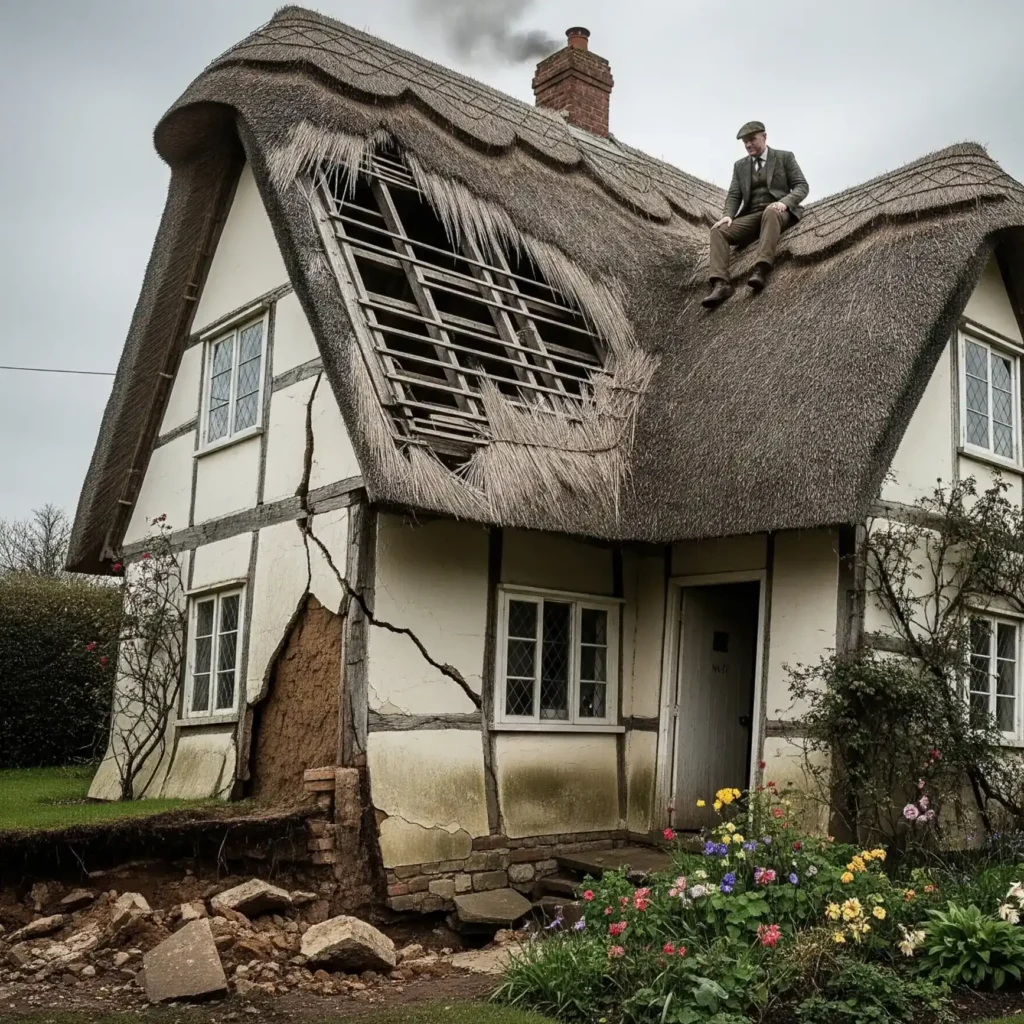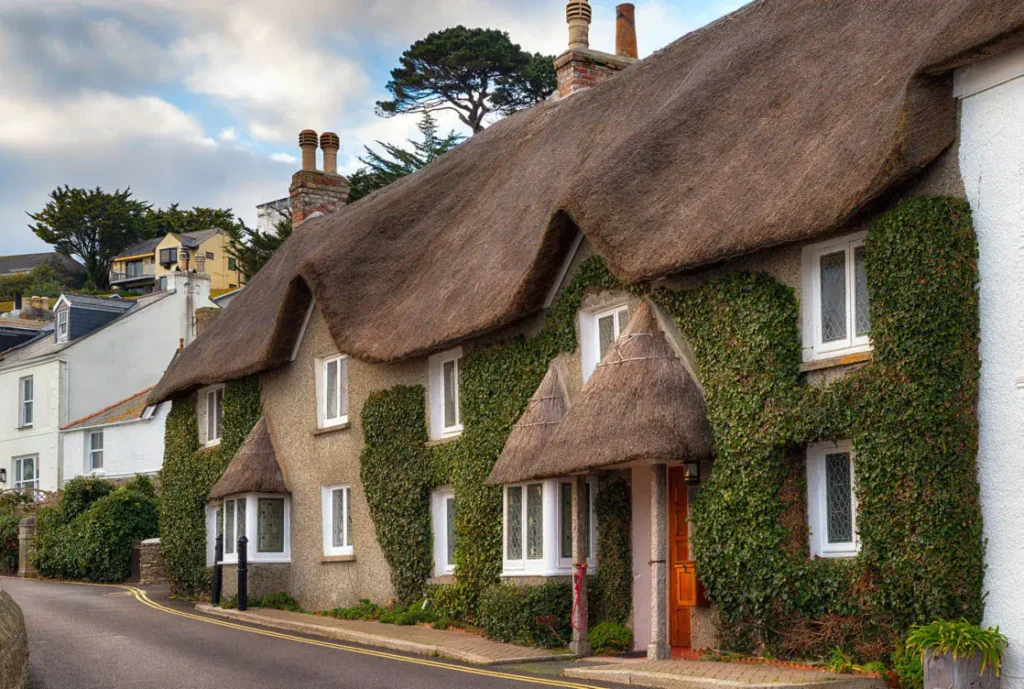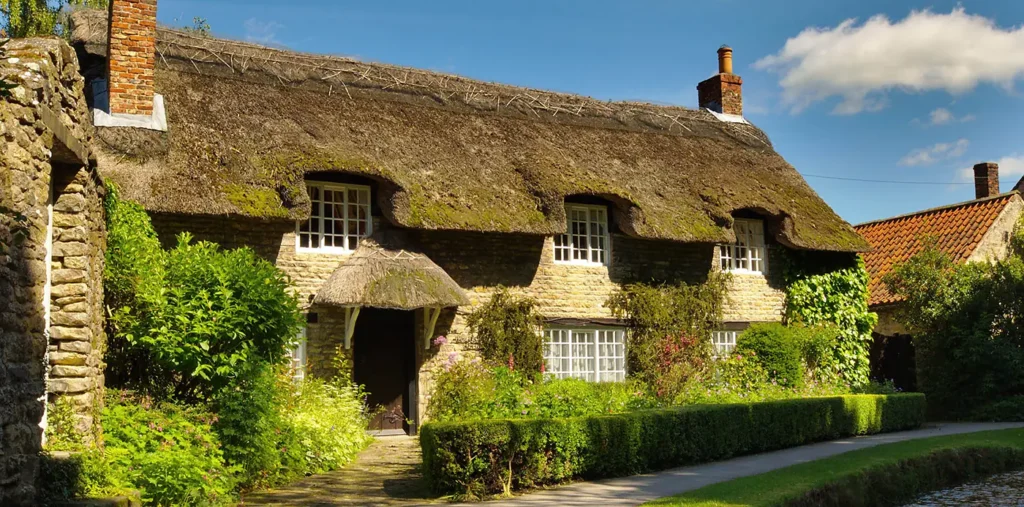Subsidence: The Root Of The Problem

It has to be every householder’s worst nightmare – your home – the largest single asset you own, suddenly loses its market value because of the problem of subsidence. Most homeowners are completely unaware of the problems that trees and in particular, their spreading roots can cause. They may not even be your own trees – it is highly likely that they belong to a neighbour. The crux of the problem is that forest trees are thirsty beasts, especially if they have been planted in clay soil. They gradually suck moisture from beneath a house’s foundations. In the worst cases this will lead to the problem of subsidence.
Figures provided by the insurance industry reveal the size of the problem. The Royal and sun Alliance, which insures one in four householders, pays out, on average, between £80m and £100m on subsidence claims every year. Between 60% and 70% of these claims relate to trees and property.
Warning signs that there may be subsidence beneath a house includes cracks in the plaster or brickwork. Just to confuse the issue, it is common for new walls or extensions to shift a little and settle quite harmlessly during the first few years. However, if you believe that one or more trees may be causing the cracks in your home, you should first of all contact the tree Advice Trust. Give them as much information as you can on the trees in question, such as type, its age, height, distance from the property, composition of the soil, age of the house etc. This will enable the Trust to better advise you.
If your insurance company becomes involved, it will send out a structural engineer or a building surveyor to assess the damage, along with an “Arboricultural Consultant” (Tree expert to most people). The insurance company will then nominate specialist builders, engineers, and tree surgeons to carry out necessary works. The costs should be borne by the insurers, and can amount to several thousands of pounds, particularly for unpinning a property. Tree costs can also vary, according to whether the tree in question is to be reduced, or lifted off the site entirely which may involve crane hire and the like.
If you have a tree in your grounds that you wish to keep, but with a limited growth, you should engage the services of a tree expert. You may also need to check with your local council to make sure that there are no preservation orders on the tree in question.
Certain species of tree are more of a problem than others. The Tree Advice Trust tell us that small ornamental trees such as crab apples and certain types of maples can be safely planted 1 metre from a house. More thirsty trees such as oak, poplar and willow should be at least 20 metres from a house that has been constructed on clay soil. In well drained, sandy soil, larger trees can quite safely grow adjacent to homes.
Information:
Tree Advice Trust Helpline: 09065 161147.
The Arboricultural Association lists qualified tree surgeons: 01794 368717 or visit their website: www.trees.org.uk


Thatched Owners Group
INDEPENDENT SURVEYORS
We are able to provide the services of qualified independent surveyors who will advise you on an accurate rebuild cost for your property and any permanent structures you may have, for example walls, garages and outbuildings.
NEW PURCHASE COVER
For new purchases, we can liaise with your solicitor or mortgage provider and ensure the exchange and completion are not delayed by insurance issues, providing them with written confirmation of cover and any policy details they may require.
PERSONAL SERVICE
We do not operate via a call centre and have experienced staff, offering a personal service. Your cover can be arranged with just one telephone call – we are available until 7.00pm Monday to Friday, and until midday on Saturday.
Premium Insurance
Our thatched property insurance policies are underwritten by triple-A rated companies who understand the particular needs of thatched properties – so you get the right level of treatment, cover and price, covering exactly the right things.
